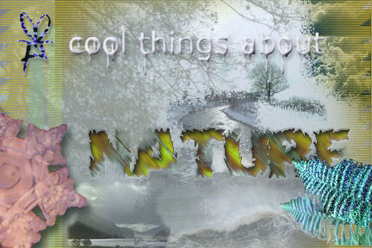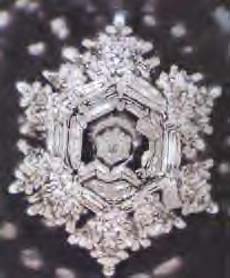THOUSANDS OF INDIAN FARMERS COMMIT SUICIDE AFTER USING GM CROPS
Andrew Malone, Daily Mail, UK – The children were inconsolable. Mute with shock and fighting back tears, they huddled beside their mother as friends and neighbors prepared their father’s body for cremation on a blazing bonfire built on the cracked, barren fields near their home.
As flames consumed the corpse, Ganjanan, 12, and Kalpana, 14, faced a grim future. While Shankara Mandaukar had hoped his son and daughter would have a better life under India’s economic boom, they now face working as slave labor for a few pence a day. Landless and homeless, they will be the lowest of the low. Indian farmer Shankara, respected farmer, loving husband and father, had taken his own life. Less than 24 hours earlier, facing the loss of his land due to debt, he drank a cupful of chemical insecticide.
Unable to pay back the equivalent of two years’ earnings, he was in despair. He could see no way out. There were still marks in the dust where he had writhed in agony. Other villagers looked on – they knew from experience that any intervention was pointless – as he lay doubled up on the ground, crying out in pain and vomiting. . .
Shankara’s crop had failed – twice. Of course, famine and pestilence are part of India’s ancient story. But the death of this respected farmer has been blamed on something far more modern and sinister: genetically modified crops.
Shankara, like millions of other Indian farmers, had been promised previously unheard of harvests and income if he switched from farming with traditional seeds to planting GM seeds instead.
Beguiled by the promise of future riches, he borrowed money in order to buy the GM seeds. But when the harvests failed, he was left with spiraling debts – and no income.
So Shankara became one of an estimated 125,000 farmers to take their own life as a result of the ruthless drive to use India as a testing ground for genetically modified crops.
The crisis, branded the ‘GM Genocide’ by campaigners, was highlighted recently when Prince Charles claimed that the issue of GM had become a ‘global moral question’ – and the time had come to end its unstoppable march.
Speaking by video link to a conference in the Indian capital, Delhi, he infuriated bio-tech leaders and some politicians by condemning ‘the truly appalling and tragic rate of small farmer suicides in India, stemming. . . from the failure of many GM crop varieties’.
Ranged against the Prince are powerful GM lobbyists and prominent politicians, who claim that genetically modified crops have transformed Indian agriculture, providing greater yields than ever before.
What I found was deeply disturbing – and has profound implications for countries, including Britain, debating whether to allow the planting of seeds manipulated by scientists to circumvent the laws of nature. For official figures from the Indian Ministry of Agriculture do indeed confirm that in a huge humanitarian crisis, more than 1,000 farmers kill themselves here each month.
Simple, rural people, they are dying slow, agonising deaths. Most swallow insecticide – a pricey substance they were promised they would not need when they were coerced into growing expensive GM crops.
It seems that many are massively in debt to local money-lenders, having over-borrowed to purchase GM seed.
Pro-GM experts claim that it is rural poverty, alcoholism, drought and ‘agrarian distress’ that is the real reason for the horrific toll.
But, as I discovered during a four-day journey through the epicentre of the disaster, that is not the full story
In one small village I visited, 18 farmers had committed suicide after being sucked into GM debts. In some cases, women have taken over farms from their dead husbands – only to kill themselves as well. . .





